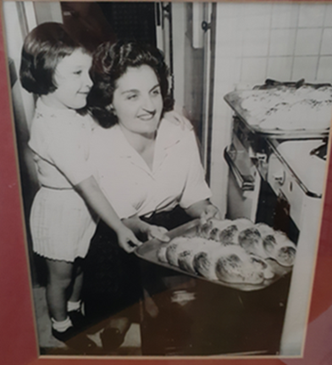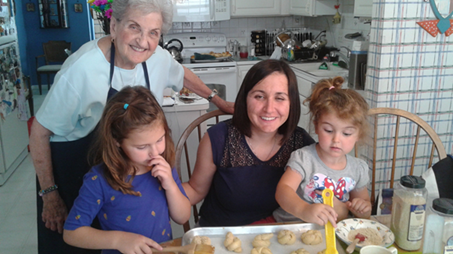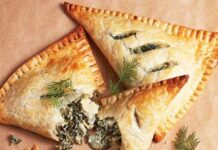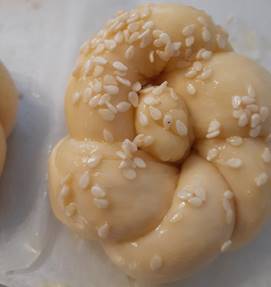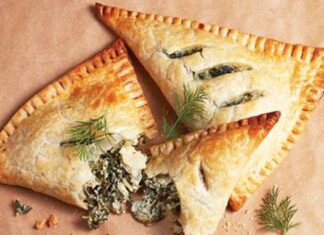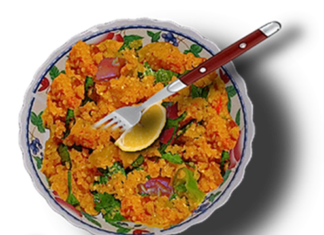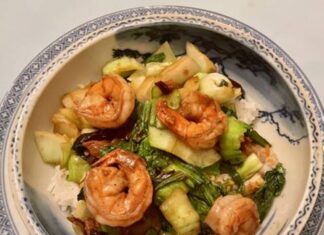TROY, Mich. — As someone once said, “Legacy is not leaving something for people. It’s leaving something in people.” Lisa Sarkisian Derderian and her mother Nina have been cooking and baking together for over 50 years. Lisa began at age 4 1/2, and is still cooking with her mother who is 95 now. Lisa, who is one of five children, contributed the following story, recipe and family photos. She is past Chairwoman of the Women’s Guild at St. John Armenian Church in Southfield, MI.
Here’s Lisa’s tribute to her mother:
Our mother, Nina Doctorian Sarkisian, was born on the south side of Chicago in 1926. She was a first generation Armenian-American, the daughter of Krikor (George) and Armenouhie Doctorian. She was baptized at St. Gregory Armenian Church, and was active in the church choir and ACYOA. She was a member at St. James Armenian Church in Evanston, Illinois. She attended Von Steuben High School in Chicago where she graduated in 1944, and graduated from Wright Junior College in 1946. She worked at Cranes Plumbing Supply managing accounts receivable on a Burroughs bookkeeping machine, and at Inland Steel Company.
As a young girl, mom and her girlfriends attended ACYOA dances and conventions where she met her future husband (my late father), Albert N. Sarkisian. My father was a trained tool and die maker who graduated from Highland Park High School. His specialty was lathe and experimental prototype. He attended the Ford Trade School; Tool and Die Maker and Engineering in Dearborn. (During his career, he told us he had worked on the early experimental prototypes for the modern day air bags.)
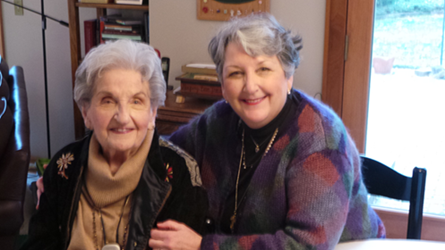
In 1951, our parents were married at St. John Armenian Church in Detroit. The church is now located in Southfield. My father’s mother, the late Haiganoosh (Agnes) Sarkisian, was born in Sepastia (an historic Western Armenian homeland), present day Sivas, Turkey.
The 1964 photo was part of the story in the Royal Oak Daily Tribune newspaper by Mary Sue Grant, a staff reporter, a high school student, and our family’s childhood babysitter. The story, “Warm Welcome in Sarkisian Home’s, Part of Family Armenian Heritage,” appeared a newspaper that is still in circulation today. Mary Sue was fascinated with the smell of fresh Armenian bread and other foods that lingered in our home when she came to babysit. (I was only 4 1/2 years old in this photo, and 56 years later, I am still blessed to have the honor to cook and bake with our talented mom.)



